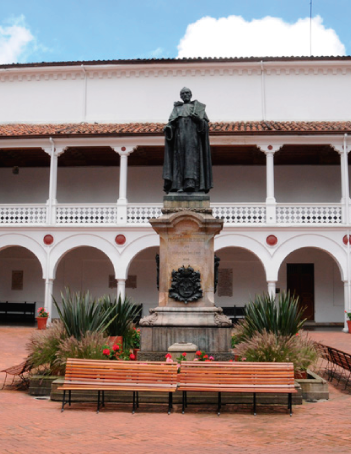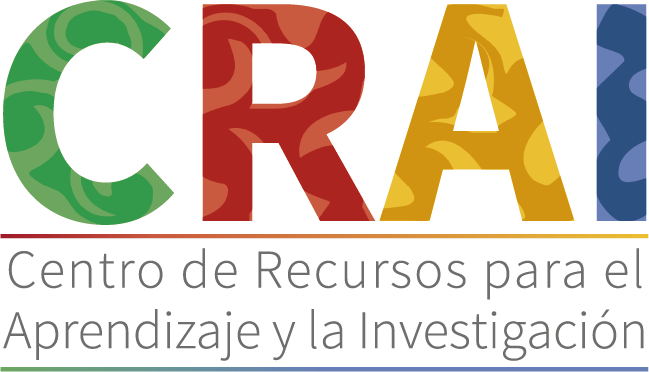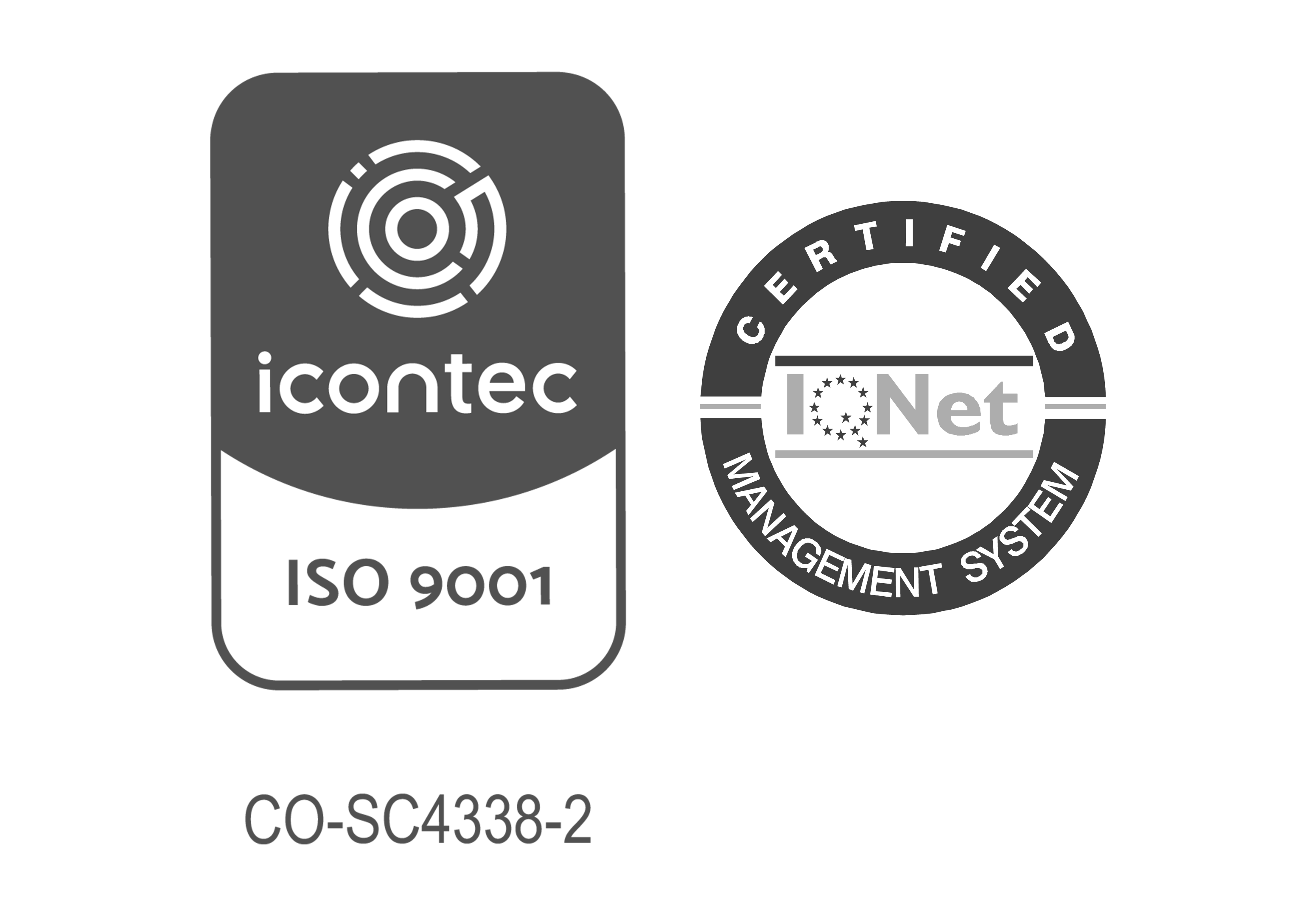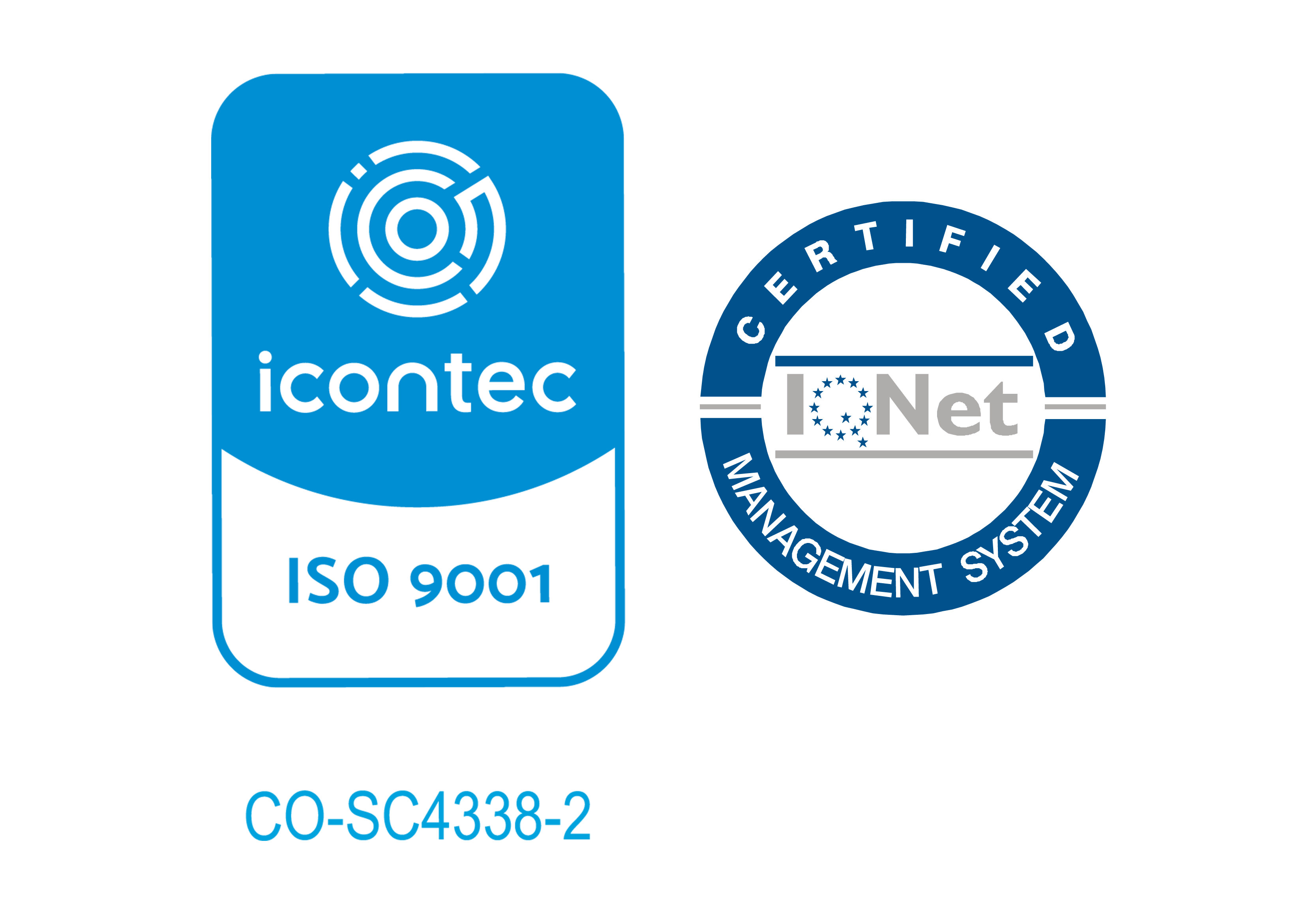Chapter 1 Introduction: overview of EU-Latin American relations -- Section 1: Defining the Euro-Latin American Space -- Chapter 2 The Euro-Latin American space: a tale of disentangled imaginaries -- Chapter 3Convergences and divergences in the Euro-Latin American space -- Chapter 4 Latin American regionalisms and the European experience -- Section 2: Latin America in the Perspective of EU Institutions -- Chapter 5 The European Commission and the EEAS in the bi-regional dialogue with Latin America: an evolving framework -- Chapter 6 The Council and Latin America: the voice of the states -- Chapter 7 The European Parliament and Latin America: agreeing to disagree -- Section 3: EU and Regions -- Chapter 8 The EU-LAC Foundation as an instrument of the EU-CELAC Strategic Partnership -- Chapter 9 Central America and the EU: fundamentals of an exceptional relationship -- Chapter 10 The governance of the European-Caribbean interregional relationship -- Chapter 11The EU and the Andean Community of Nations in the interregional governance scenario -- Chapter 12 Unpacking EU-Mercosur interregionalism: actors, policies and issues at stake -- Section 4: EU and Countries -- Chapter 13 The EU and Mexico: growth and drift in bilateral governance -- Chapter 14 Policy learning from the EU in Chile: strengthening institutions and Governance on social cohesion, energy, and trade -- Chapter 15 EU-Brazil: The challenge of bilateral alignments -- Chapter 16 -- European Union’s relations with Cuba: Reality and potential of the European pivot in the strategic triangle with the United States -- Chapter 17 EU-Venezuela relations: review of the period 1999-202 -- Section 5: Economic Linkages -- Chapter 18 Green Deal and new developmentalism in the governance of relations between the European Union and Latin America -- Chapter 19 Investments flows between Latin America and Europe, what’s next -- Chapter 20 The EU-Latin American trade relationship -- Chapter 21 EU-LAC digital alliance & global tech governance: an interregionalism 4.0 for a global governance 4.0 -- Chapter 22 The EU-LAC Alliance in a changing global landscape: towards a mutual self-interest partnership -- Section 6: Political Agenda- Chapter 23 Democracy's crossroads: illiberal populism and the struggle for hegemony -- Chapter 24 The EU-LAC defense and security: governance to be (re)built -- Chapter 25 Strengthening transatlantic ties: Latin America-Europe cooperation against organized crime -- Section 7: Societal Experiences -- Chapter 26: Improving well-being: the role of the social contract -- Chapter 27Climate change, biodiversity loss, and global insertion: trends in governance paths among Latin America and Caribbean countries -- Chapter 28 -- EU-Latin America relations: analyzing the dynamics of bi-regional migration governance -- Chapter 29 Feminist foreign policy: an opportunity for a bi-regional EU-CELAC Compact -- Section 8: Emerging (World) Orders -- Chapter 30 Reviewing the US-Latin America agenda -- Chapter 31 A paradigm shift in international cooperation? China, Latin America and Europe -- Chapter 32 EU-LAC multilateralism and the (new) global order -- Chapter 33 The Euro-Latin American space in time of social and geopolitical contestation: partners of choice.

Escuela de administración
Facultad de Jurisprudencia
Facultad de Ciencias
Escuela de Ciencias
Escuela de Medicina
Facultad de Economía
Facultad de Estudios
Facultad de Creación
Escuela de Ingeniería,
Otras Ofertas
 Historia y símbolos
Historia y símbolos
 Enfoque estratégico
Enfoque estratégico
 Gobierno universitario
Gobierno universitario
 Playbok - Nuestros pilares de transformación
Playbok - Nuestros pilares de transformación
 Protocolo de seguridad
Protocolo de seguridad
 Archivo histórico
Archivo histórico
 Portafolio de becas, descuentos y apoyo financiero
Portafolio de becas, descuentos y apoyo financiero
 Casa UR
Casa UR






 Proyección social
Proyección social Filantropía
Filantropía Hagámoslo posible
Hagámoslo posible

 Libro
Libro







